
Cleaning Your RV Gray Water Tank in 5 Easy Steps
Add Cleaning Agent Take a Drive Drain Tank Rinse Tank Add Treatment
How Do I Clean My RV Gray Water Tank?
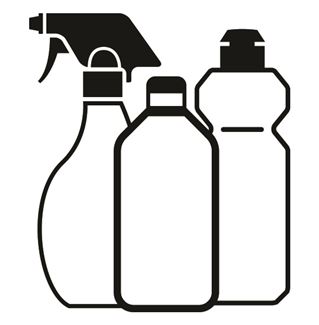
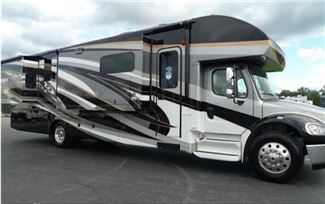


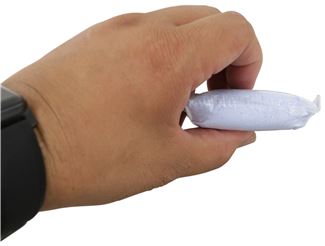

GEO method: 1/2 cup water softener (liquid or powder - Calgon is most common) + 1/2 cup laundry detergent or Dawn dish soap
1/2 to 1 cup Dawn dishwashing liquid (blue Dawn is particularly popular) 1 cup Calgon or other water softener 1 cup baking soda 1 cup dishwasher detergent gel 1 cup laundry detergent
Steradent denture cleaner Napisan stain remover Water: Some RVers choose to forgo cleaners and chemicals in favor of a water-only method. If you choose not to clean your tank with soaps, cleansers, or detergents, be sure to still rinse the tank thoroughly using one of the methods discussed below in the section "How Do I Rinse My RV Gray Water Tank?"
Bleach

2. Take a Drive

Dump your gray tank after dumping your black tank. The gray water will help wash any remaining residue from the black tank out of your sewer hose. You can leave your gray tank valve open at the campground, but you should close it when the black tank is nearly ready to dump. This way, when you're ready to dump the black tank, you have enough gray water to flush out the sewer hose. Scrape your dishes to remove food and grease before rinsing and washing them. It doesn't take much to clog RV plumbing, and food waste is largely responsible for the worst gray tank odors. Don't dump illegally. This is better known as "stealth dumping" among RVers. Check the rules for any state and campground where you plan to drain your tanks to see what limitations exist. Use a strainer in your RV sinks and shower to prevent food and hair from going down the drain.
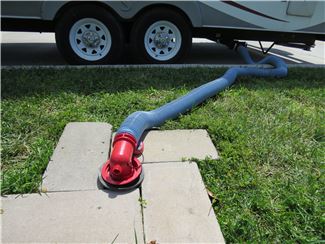
3b. Where Do I Drain My RV Gray Water Tank?
If you're at a campground that provides dumping facilities, use them. It may not seem like much to dump a tank of gray water after washing some dishes, but consider the result if all RVers emptied their gray tanks on the campground, week after week. No one wants to camp in a muddy mess of wastewater. Don't contaminate a freshwater source (the nearby fishing lake is not the perfect place for your shower water). Don't dump on pavement - gray water can smell as bad as black water, especially gray water containing food waste. If the gray water will pool and become standing water, do yourself and your neighbors a favor by not dumping it. Some locations differentiate between gray water from your shower/bathroom sink and gray water from your kitchen sink (waste from foodstuffs makes all the difference). (In a similar vein, some RVs have 2 gray water tanks, including one specifically for kitchen waste water.) Be sure to check the rules at any location you plan to dump at to make sure you're not violating any rules. Essentially, gray tank dumping etiquette boils down to 2 rules of thumb: double check the rules wherever you go, and be considerate of others.
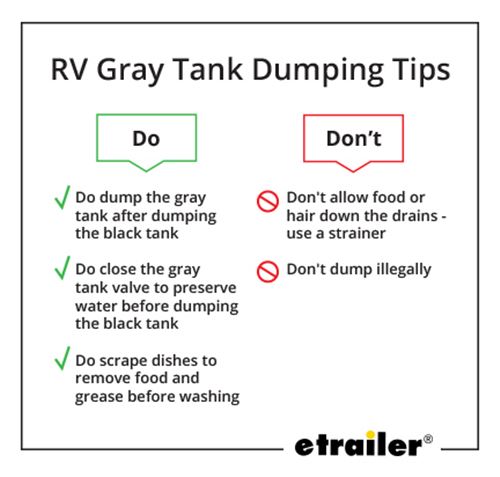
4. How Do I Rinse My RV Gray Water Tank?

1. Flush Valve
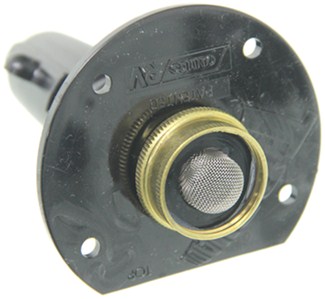
2. Tank Rinser

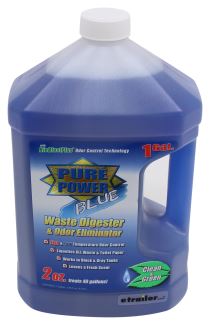
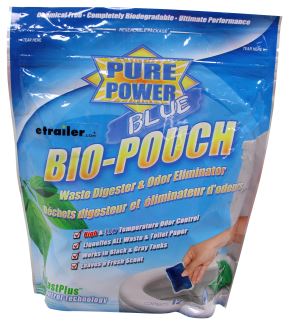

Deborah S.
4/24/2022
We are having an odor inside the RV. It comes and goes. We have the gray water hose open most of the time except when we drain the black tank we drain the gray water after draining the black water. We have never used a tank cleaner for the gray water tank.

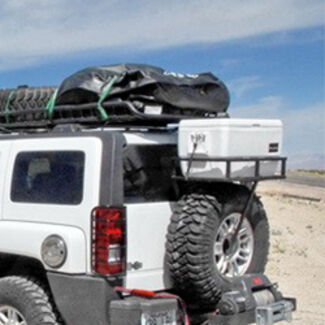
Joe J.
6/4/2021
You recommend a back flush valve. So I have now emptied my black tank and now emptied my gray tank. If I back flush with that valve and the pipe that leads to it that just had black water in it, isn’t that a problem?

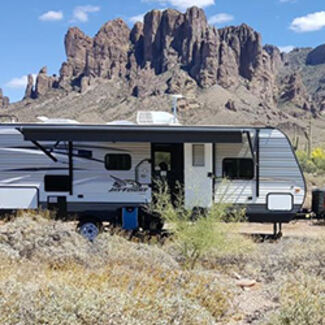
Neil M.
4/19/2021
Hi we have a proublemwith odour in our camper. It seems like whenit get warmer out side the more the smell is noticed.We have cleaned tanks with softwater Calgon and all kinds of store boughttank cleaner it just wont go away.Can fumes back track in to the toulet if your black water bump velve has a drip?Thanks




David B.
6/23/2020
Thank you for the article on tank sensor problems. I am having problems with our gray tank saying it’s 1/3 on gauge. Wife was doing dishes and water come up shower and now knowing the gray tank was full and not ready correctly. I crawled under it and checked connections all good and unhooked all the all 3 plus the ground it still read 1/3. What should I do next? Still put dishwasher soap in and Fill it half drive it and see if that helps? Or do I have other problems? Thank

Departments
Towing
- Trailer Hitch
- Fifth Wheel
- Gooseneck
- Towing a Vehicle
- Front Hitch
- RV Hitch
- ATV Hitch
- HD Truck Hitch
- Vehicle Wiring
- Brake Controller
- Ball Mounts
- Weight Distribution
Sports and Recreation
Trailer Parts
- Utility Trailer
- Boat Trailer
- Landscape Trailer
- Enclosed Trailer
- 5th/Camper Trailer
- Car Hauler
- Horse Trailer
Vehicle
Contact & Help

What our customers are saying:
"I received this order yesterday. Thanks for the outstanding service. I appreciate it! Thanks, Alex"
Popular Vehicles
- Subaru Forester
- Ford F-350 Super Duty
- Ford F-250 Super Duty
- Chevrolet Silverado 1500
- Jeep Wrangler Unlimited
- Jeep Wrangler
- Ram 3500
- Toyota Highlander
- Ram 2500
- Chevrolet Silverado 2500
- Subaru Outback Wagon
- Chevrolet Silverado
- Dodge Ram Pickup
- GMC Sierra 2500
- Ram 1500
- Ford F-250 and F-350 Super Duty
- Jeep Grand Cherokee
- Toyota Tacoma
- GMC Sierra 3500
- Toyota Tundra
- Ford Escape
- More >>



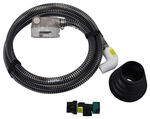
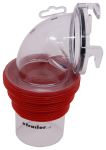



















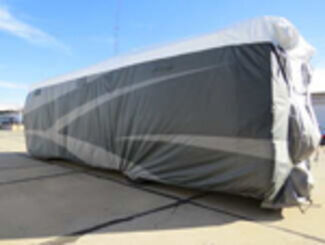




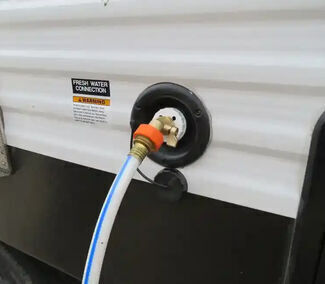



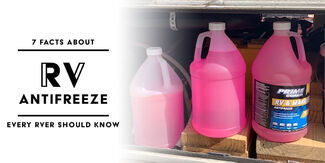

Howard S.
5/1/2022
Checking out camper for leaks the flush tank line apperently froze and split there is no way to put antifreeze in that line it loops up ins petition and it must have had a air lock not usable any suggestions for repair this is a 202128.5 rats 5 th wheel